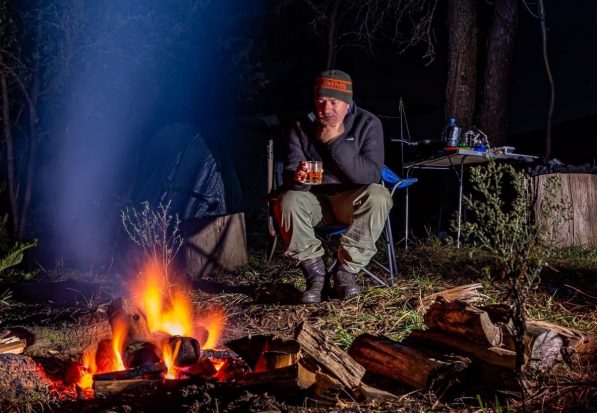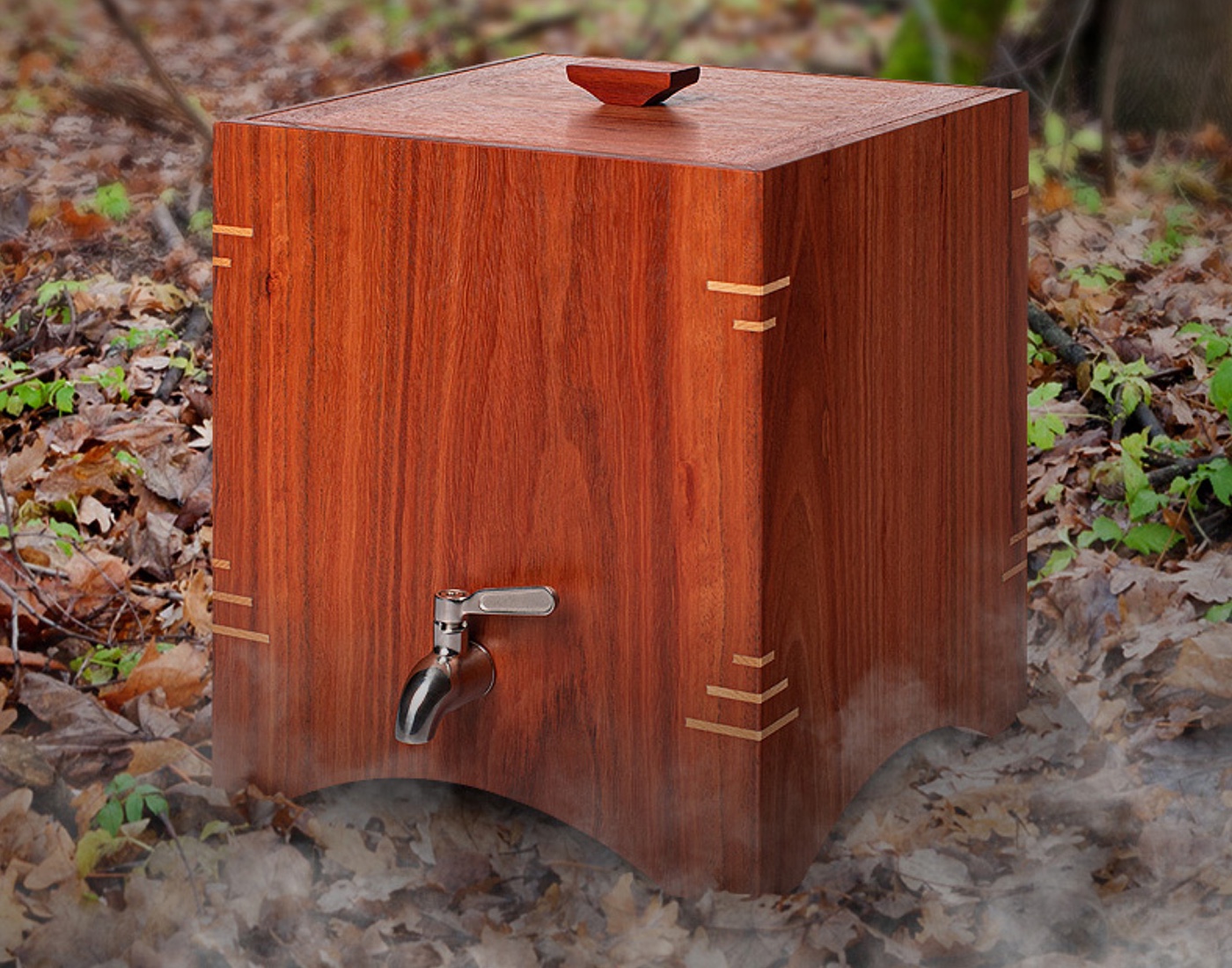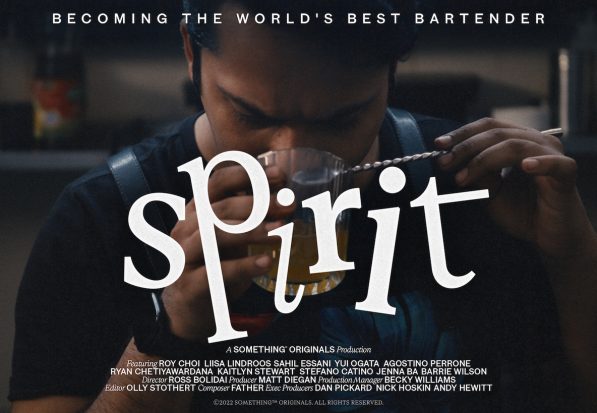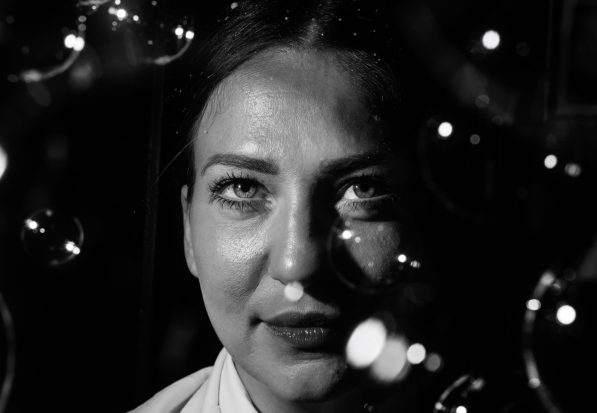Ageing whiskey does, by definition, take a long time. It sits, usually in American Oak, for years, if not decades, taking from the wood the flavour and colours with which we are so familiar.
It is an age-old practice that pays deference to the potential of the distilled liquid and the ornery nature of the angels with whom the distillers share it.
But what if the process could be sped up and the share that’s given to the angels reduced? What if the flavours are reminiscent of the finest Scottish dram but are the essence of the Australian bush? What if there is just an easier way to do it?
This is where distiller John O’Conor comes in, with the liquid he is creating under his Goodradigbee brand, with liquid that blends the finest traditions of Scotland, with the natural flavours of the rugged Australian high country.
Now what you see may initially seem familiar, as his whiskey actually starts life in much the same way as any traditional whisky does, but when it comes to the ageing, the shape, the smell and the feel of the barrels, then this is where everything gets turned on its head.
Instead of ageing in Oak, John has taken inspiration from his camping trips with his father when he was a boy at the edge of the Goodradigbee River. As a child, he remembers his father placing hardwood logs from surrounding trees on the fire and the amazingly strong aromatic aromas that they produced.
On those dark, silent nights with the sky alight with stars, John remembers his father throwing an ironbark log on the fire and being able to smell chocolate. And then later as the embers would begin to die down, his father would throw a Jarrah log onto the fire and the night would be pierced with aromas of cinnamon.
“I wanted to see if those same favours could be imparted to the whiskey,” John said. “Whether they were a way to capture the rich chocolate and deep cinnamon aromas from the hardwoods into the liquid itself.
I wanted to see if those same favours could be imparted to the whiskey
While using native hardwood may sound familiar, after all, O’Connor is certainly not the first to do it, there is more to Goodradigbee’s ageing than simply the type of wood that is being used. This is where the shape of the wood barrels comes into play.
In any normal barrel house, barrels would be stacked in rows as far as the eye can see. the barrels take both time and space to achieve their end and these were two things that O’Connor believed he could improve on.
“The ideas started to coalesce in my mind when I was looking at a warehouse in Pitlochry, a little touristy town at the foot of the Scottish Highlands,” O’Connor explained. “And looking at the warehouse area, there were rows upon rows of barrels, but all I could see was all that money, just sitting on concrete.”
Having seen the enormous amount of space that a normal barrelhouse occupies, John who at the time was working with some of Scotland’s finest distilleries, believed that there must be a better way. “I always thought there must be a way to produce good quality but quickly,” he said.
Leaning on his school-based maths, which taught that a square produces more surface area than a barrel, John went about to create cubes instead of the round barrel to accelerate the ageing process.
“I came up with the idea that instead of using barrels, it would make more sense to use cubes. As well as the surface area, cubes would also be infinitely more stackable and take up less space.
“The whiskey gets its flavour from the wood,” he continued, ‘so increase the surface area, you ultimately increase the flavour without increasing the age. The result is that instead of maturing the whisky for a decade or more in oak barrels, we can achieve the same degree of flavour and colour and complexity in just eight weeks.”
While the range and the business itself are at present still small, O’Connor has high hopes for the potential of both the cubes and the native woods in which he is ageing. At present, the range consists of two gins, as well as the three malts, which are aged in ironbark Red, Ironbark Yellow and Jarrah.
In time, O’Connor is looking to develop the cubes both for personal and commercial release. He has his sights set on developing an export market in Southeast Asia, Japan and China.
“The interesting thing about these Aussie hardwoods,” O’Connor explains, “is that they all mature at different rates and they all have different properties in terms of taste profiles. If you take the Ironbark, for example, these are trees that often go through extreme temperature variations – really hot during the day and often very cold at night.’
O’Connor explains that this is why the Ironbark trees have developed are so dense. “One of the reasons that the whiskey can matures quickly, is that once you introduce liquid to it, the wood opens up quickly.
“Jarrah while also being a hardwood actually has more moisture in it, so it opens up more slowly,” he explains. Not of course as slowly as Oak which itself is a fairly moist wood, which is why it takes so long for the wood to give up its flavours and colours.”
Of course, in Australia, liquid can not technically be called whiskey unless it is aged under oak for a minimum of two years. This is why O’coonnnor has termed his liquid as whiskey but instead as Malt.
But John is not the first Australian to be looking into how to accelerate the ageing process. In Tasmania, another producer Deviant Distillery is also looking to bend time with a liquid they themselves proudly declare ‘This is not whisky’.
While Deviant achieves its rapid ageing through technology, O’Connor is looking to keep his product very much connected to the hardwoods and connected to the land. He seeks to provide a balance between the romance of flavours that the whiskey can achieve and the hastening of the ageing process.
“We aren’t trying to challenge traditional whiskey producers,” he said, “but instead creating a new category where Australian liquids will have their own niche and with it, Australian hardwoods would be able to come to the fore.”
At the end of the 1880s, Australia was the fourth-largest producer of whisky in the world and O’Connor believes that we can achieve those levels again, albeit through rethinking and reinventing a whole new spectrum of flavours and experiences.
For more information on Goodradigbee Distillers, go to goodradigbee.com











